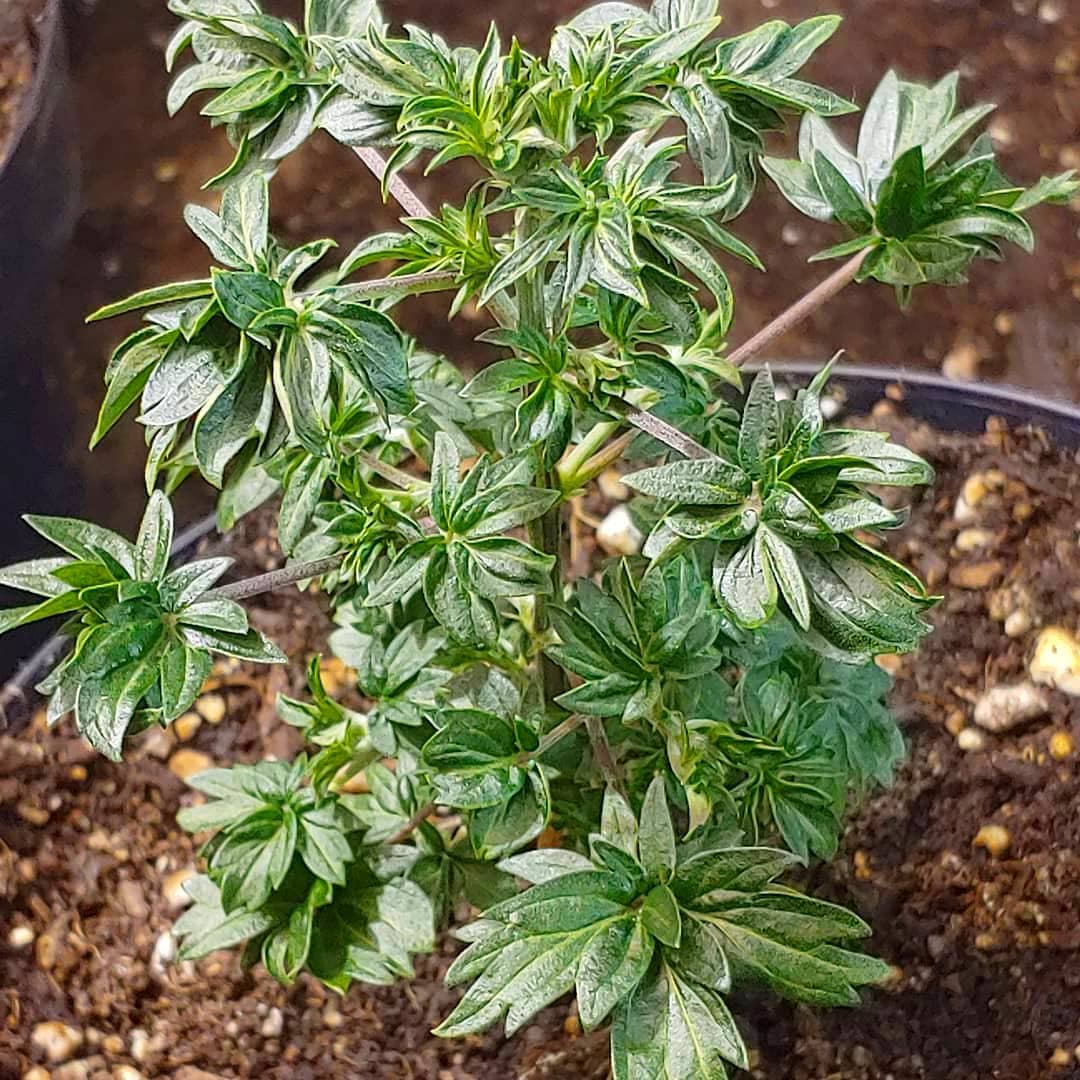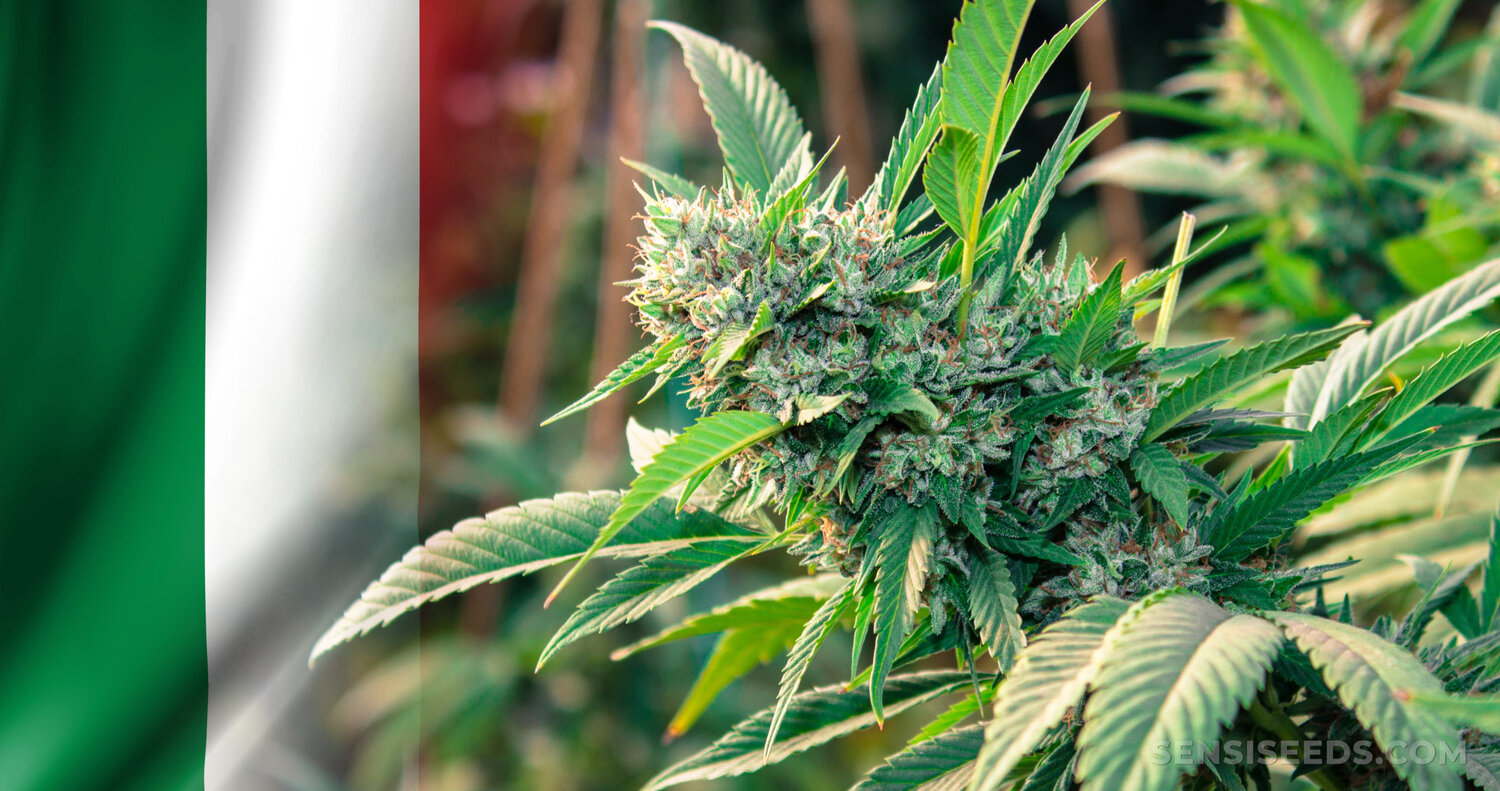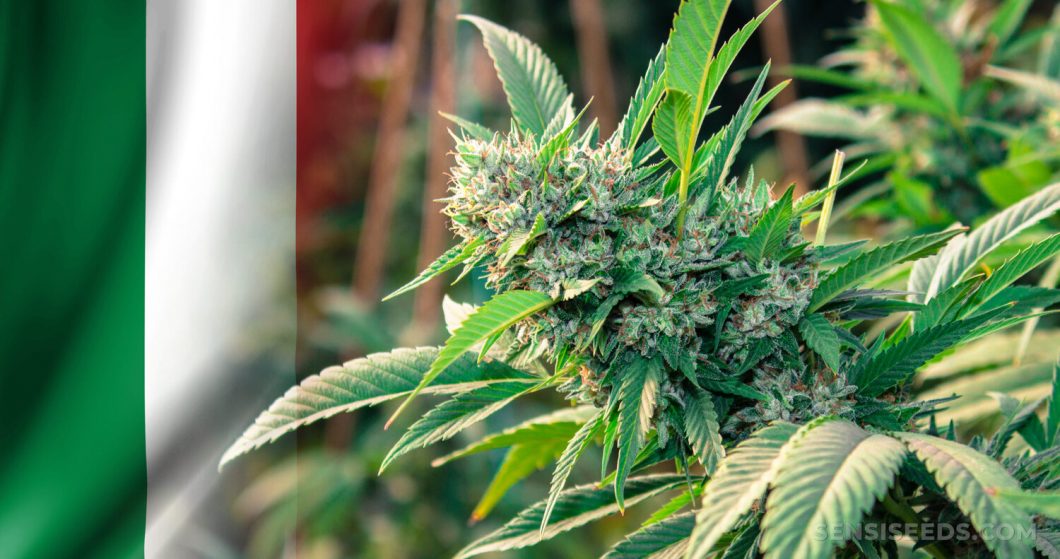The distinct purple colour of cannabis is beautiful and enticing. A much sought after gene by many consumers of these fine flowers. So where does the purple colour come from you may wonder. Well, it comes from a common set of colour molecules that make all sorts of plants purple. These molecules are called anthocyanins. They have a variety of useful and neat traits that help the plants in addition to and as a result of the purple coloration bestowed on them.
The chill delta 8 tincture is one of the best choices available to the people. The extraction should be from the organic and herbal plant to remove the side-effects. You should ensure that color of the molecules is as per the needs and requirement of the people. The meeting of the needs is possible.

So what benefits do these anthocyanins give the plants? To start, the distinct and strong purple colour is very attractive to birds and other pollinators. This is a distinct base advantage as it helps make sure that more wild plants get properly pollinated and carry on the species. This ability to attract proper pollinators is crucial for all plants to survive, reproduce and thrive. This is a compelling reason that a purple plant would live for many thousands of generations across known biological history.
Another benefit that the purple colouration bestows is increased resistance to the Sun’s damaging ultraviolet rays. The purple colour from anthocyanins helps keep away harmful solar radiation and keeps the plant safe from dying more easily in higher elevations or warmer climates. This is because the anthocyanins have properties which helps it deflect away harmful UV light. Most plants that produce these purple pigments increase the amount they produce as a response to increasing amounts of UV light. This reaction can be enhanced in a greenhouse for much more vibrant colour. The stimulation of plants by UV lights can do this and other factors can be adjusted that help encourage purple colour.
So why does cannabis have a purple trait? Well it’s an auxiliary sun protection method for the plant. Adapted from its natural home high up in the Himalayan mountains where the ozone can get thin and UV exposure is high. Over millions of years cannabis evolved THC and other cannabinoids as a primary means of protecting themselves from the sun and the the purple trait came to and harmoniously joined in the genes at some point along the long evolutionary line. The high elevation exposed it to conditions that encouraged the spread of the trait. Further intervention and breeding by humans later enhanced the trait. While there are many very strong and vibrant purple strains today, it is likely that many older landrace and historic strains had much less strong or dominant purple colour.

An amazing thing is that the anthocyanin pigments that create the purple can also create red or blue colours as well. Careful manipulation of the soil environment and lighting conditions can encourage more of these alternative colours to appear in addition to careful and purposeful breeding. If you think about it these pigments are really incredible in what they do and their diversity. I hope you found this introduction to anthocyanins interesting, and if you did there’s plenty more to be learned about on the subject, and I encourage you to check it out. Thanks for reading and have an informative, high spirited day.

